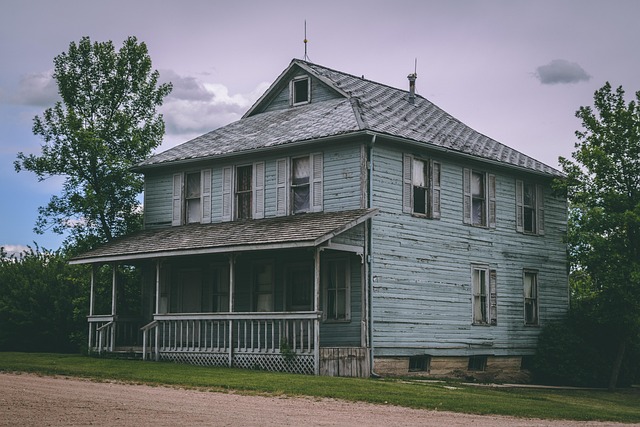
Purchasing a home that has been uninhabited for a significant period can be both an exciting and cautious journey. While the allure of a great deal is tempting, it’s important to understand the potential risks involved when the property has been vacant for an extended time. There are several factors that every potential buyer should consider before making the leap.
1. Deterioration from Inactivity
Homes that sit empty for months or even years can show signs of deterioration due to the lack of regular maintenance. Dust and dirt will naturally accumulate, but there’s also the risk of unseen damage. Without regular inspections, small issues such as leaks, cracks, or worn-out components can quickly escalate. Pipes, for example, may have corroded over time, causing blockages or leaks that could lead to further damage once the home is reoccupied. This deterioration can lead to a significant cost for repairs, often higher than initially anticipated.
2. Unpredictable Utilities and Systems
Systems in a home that has been idle might not function properly when brought back into use. The electrical system could have issues due to lack of use, causing appliances to malfunction or fuses to blow. Plumbing, similarly, may have accumulated rust or become clogged from long periods of inactivity. You may also find that the HVAC system needs a thorough inspection to ensure it is operating efficiently, as filters can clog and parts can degrade in disuse. The longer the house has been vacant, the greater the likelihood that these systems will need attention.
3. Pests and Mold Growth
When a house is unoccupied, it becomes an inviting place for pests, particularly rodents and insects, which seek shelter. These creatures can do serious damage by chewing through wiring, insulation, and even structural components. Additionally, moisture that enters the house over time can create a breeding ground for mold, especially in areas like basements or crawl spaces. Mold not only affects the air quality but can also lead to health concerns and expensive remediation processes. If the home has been vacant in a humid or damp climate, these issues are even more likely.
4. Hidden Structural Concerns
Structural integrity can be compromised when a house is left unchecked for years. Foundation problems, settling, or structural shifts may go unnoticed until an in-depth inspection takes place. The absence of regular upkeep can cause minor issues to evolve into more significant, costly repairs. Even something as seemingly minor as cracked walls or floors can indicate deeper foundational problems.
5. Reduced Market Value and Negotiation Leverage
On the bright side, homes that have been vacant for a long time may be priced lower than comparable properties due to their condition. However, don’t expect a smooth negotiation. The seller may be aware of the repairs needed but may still have a high asking price in mind. This is where an experienced home inspector can offer invaluable insight to guide negotiations, ensuring that you don’t pay more than the property is worth.
In Conclusion
While buying a home that’s been vacant for a while can offer significant financial advantages, it’s essential to approach the process with caution. Thorough inspections, careful evaluations, and a clear understanding of the potential risks will ensure that you’re making an informed decision. In the end, you may find that the house has more potential than you think, but only with the right approach to uncovering hidden issues.
